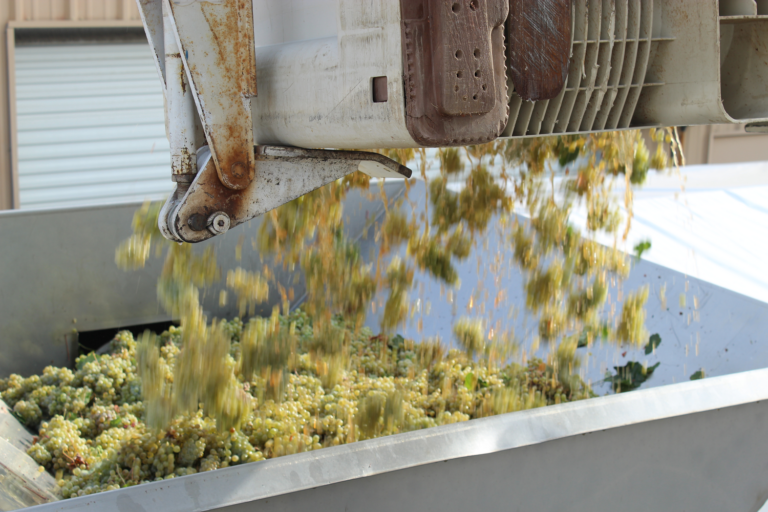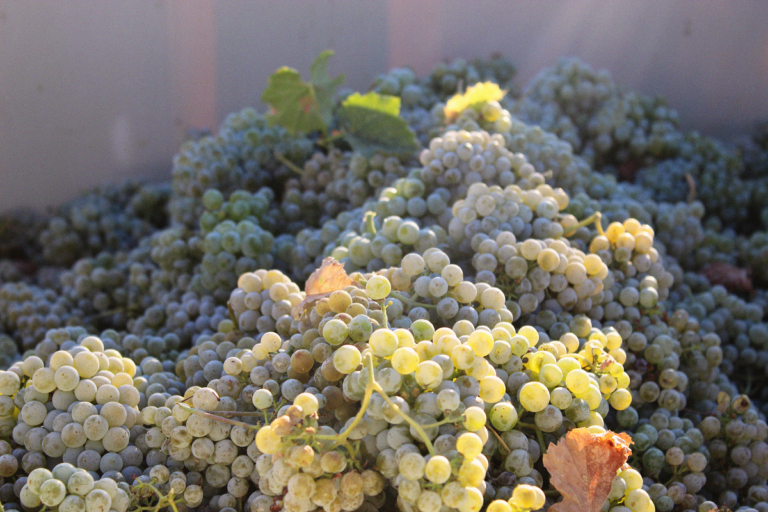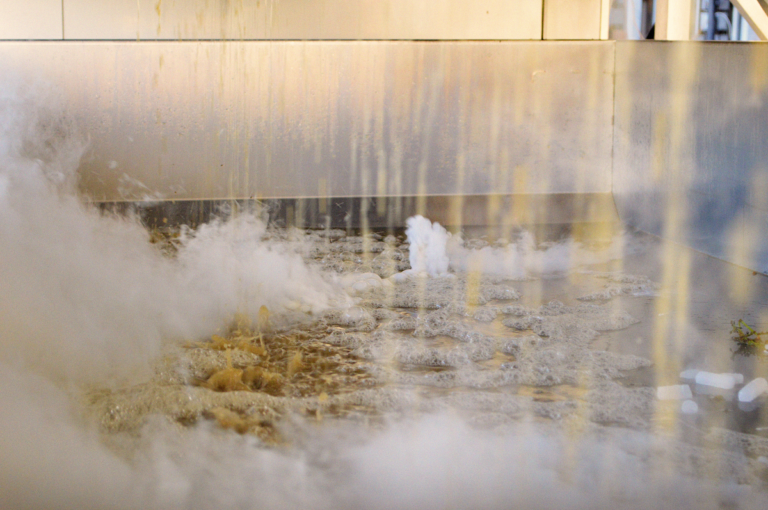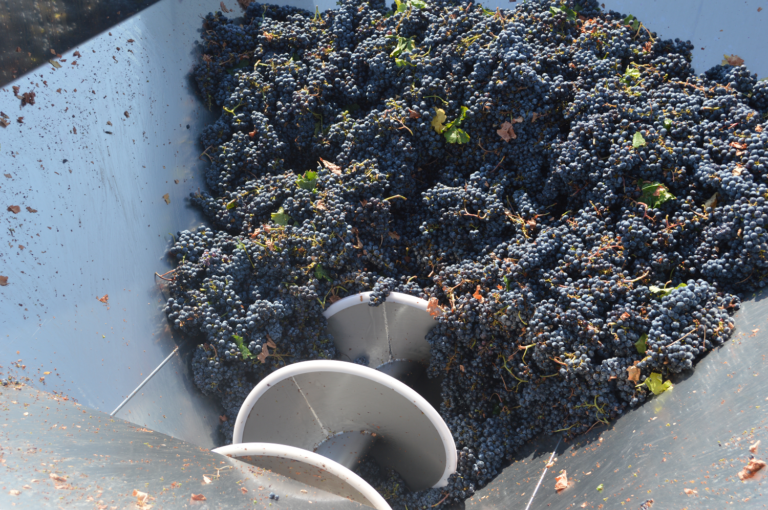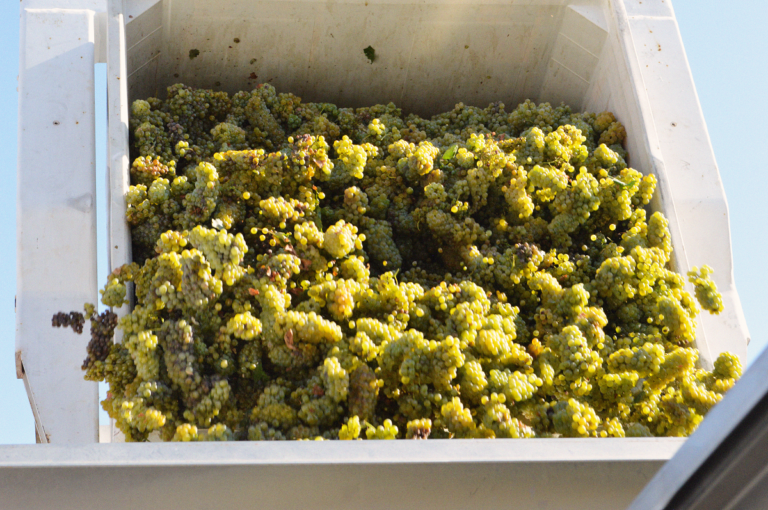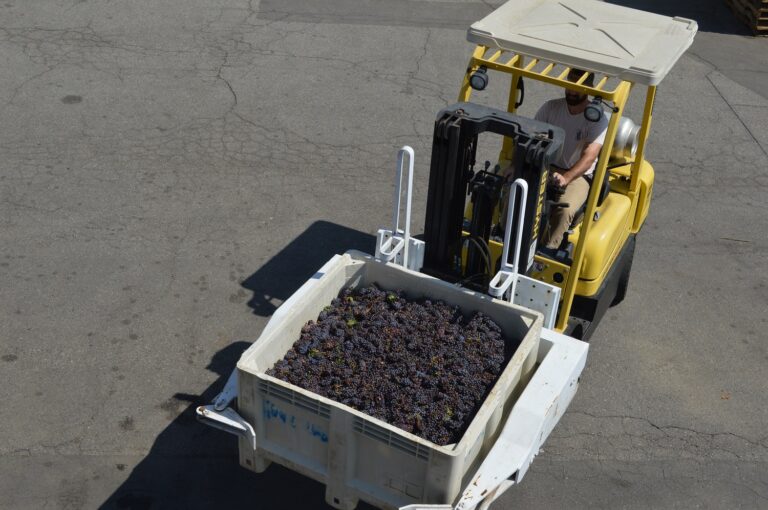What Harvest Season Means in the Vineyard
Harvest season is the most anticipated time of the year in the vineyard. It’s when months of careful nurturing and growth culminate in the collection of ripe grapes, ready to be transformed into wine. For winemakers and vineyard workers alike, this season is both exhilarating and intense, marking the peak of their year-long efforts. As the days grow shorter and the air fills with the scent of ripening fruit, the vineyard becomes a hive of activity, with every hand on deck to ensure that the harvest is executed flawlessly.
At Wiens Cellars, the harvest season is more than just the act of picking grapes—it’s the essence of what we do. Each grape that is harvested represents a year’s worth of work, from the dormant winter pruning to the careful monitoring of the vine’s health throughout the spring and summer. Harvest is where it all comes together, and the results of our labors are ready to be brought to life in the cellar.
The Process: From Vine to Wine – The Steps Involved
The journey from vine to wine is a detailed process that requires precision, timing, and expertise. Each step in this process is crucial to developing the final character of the wine, and every decision made during harvest can significantly impact the outcome.
- Monitoring Ripeness
The first step in the harvest process begins well before the first grape is picked. Throughout the late summer, our team constantly monitors the vineyards, checking the ripeness of the grapes. This involves testing sugar levels, acidity, and pH, but it also requires the skilled judgment of experienced winemakers who can taste the subtle changes in the fruit. - Harvesting the Grapes
Once the decision is made to pick, the real work begins. Grapes are typically harvested early in the morning when the temperatures are cooler to preserve their freshness. The method of harvest—whether by hand or machine—depends on several factors, including the vineyard’s layout and the style of wine being produced. Handpicking, though labor-intensive, is often preferred for high-quality wines, as it allows for careful selection of the best clusters and minimizes damage to the fruit. That’s why we hand-pick here at Wiens Cellars! - Crushing and Pressing
After the grapes are harvested, they are swiftly transported to the crush pad. For red wines, the grapes are typically crushed and fermented with their skins to extract color, tannins, and flavor compounds. White wines, on the other hand, are often pressed immediately to separate the juice from the skins, creating a lighter, crisper final product. The moment the grapes hit the crush pad, the clock starts ticking. It’s crucial to process them quickly and carefully to capture all those fresh, vibrant flavors. - Fermentation
Once the grapes are crushed or pressed, the juice is transferred to fermentation tanks. Yeast is added to convert the sugars in the juice into alcohol, and the wine begins to take shape. The fermentation process is closely monitored, with temperature control playing a key role in preserving the wine’s delicate flavors and aromas. For red wines, fermentation can take several weeks, while white wines generally ferment more quickly. - Aging and Refinement
After fermentation, the young wine is often transferred to barrels for aging. This step allows the wine to develop complexity as it interacts with the oak, gaining flavors such as vanilla, spice, and toast. The length of aging depends on the style of wine being made—some may spend just a few months in the barrel, while others might age for several years. During this time, the wine is carefully monitored and sometimes racked (transferred from one barrel to another) to remove sediment. - Bottling
The final step in the process is bottling the wine. This is done with great care to ensure that the wine is protected from oxidation and other potential spoilage. Some wines are bottled immediately after aging, while others may be blended with other lots to create the desired flavor profile. Once bottled, the wine is ready to be enjoyed, though many wines benefit from further aging in the bottle before reaching their peak.
The Role of the Winemaker During Harvest
The role of the winemaker during harvest is multifaceted and demanding. They must make critical decisions on when to harvest, how to process the grapes, and how to manage the fermentation and aging processes to achieve the desired style and quality of the wine. Every choice, from the timing of the pick to the type of yeast used in fermentation, can influence the final product.
During harvest, the winemaker’s day often starts before dawn and ends long after the sun sets. It’s a time of intense focus, as the decisions made during these few short weeks will define the wine for years to come.
Winemakers also work closely with the vineyard team to ensure that the fruit is harvested at the optimal time and in the best possible condition. They must balance the art and science of winemaking, relying on both their sensory skills and technical knowledge to guide the process.
Challenges of the Season: Weather, Timing, and Labor
While harvest season is the pinnacle of the winemaking year, it also presents significant challenges. The success of the harvest can be influenced by a variety of factors, many of which are beyond the winemaker’s control.
- Weather
Weather is perhaps the most unpredictable factor during harvest. A sudden rainstorm can dilute the sugars in the grapes or even lead to rot, while excessive heat can cause the grapes to ripen too quickly, potentially resulting in overripe or unbalanced wines. Winemakers must constantly monitor the weather and be ready to adjust their plans at a moment’s notice. - Timing
Timing is everything during harvest. Picking the grapes too early can result in wines that are too acidic or lacking in flavor, while picking too late can lead to overly alcoholic or unbalanced wines. The decision on when to harvest is a delicate balance between art and science, requiring careful monitoring of the vineyard and a deep understanding of the desired style of wine. - Labor
Harvest season is incredibly labor-intensive. The process of picking, sorting, crushing, fermenting, and aging the grapes requires a coordinated effort from a large team of skilled workers. This can be challenging, especially in regions where labor shortages are common. Additionally, the long hours and physically demanding work can take a toll on the team.
Despite these challenges, the energy and excitement of harvest season are palpable. It’s a time of year when the entire winery comes together to achieve a common goal, and the camaraderie among the team is strong.
Why Harvest Season is the Heart of Winemaking
Harvest season is more than just the beginning of the winemaking process—it’s the heart and soul of what we do at Wiens Cellars. It’s a time when all the dedication, expertise, and passion of our team come together to create wines that reflect the unique character of our vineyards and the artistry of our winemaking.
Each harvest is a new chapter in the story of our wines, and it’s a story that we’re proud to share with our customers. From the first pick of the season to the final bottle, every step of the process is driven by a commitment to quality and a love for the craft of winemaking.
As we embark on the 2024 harvest, we invite you to join us in celebrating the magic of this special season. Whether you’re enjoying a glass of crisp Pinot Grigio or a bold Cabernet Sauvignon, you’re tasting the culmination of a year’s worth of hard work, dedication, and passion.

